When it comes to building a thick, healthy lawn in Minnesota, dormant seeding (also called “frost seeding”) offers some compelling advantages. Based on research and recommendations from the UMN Extension, it’s a low-risk, smart way to improve turf density — especially in our cold-climate conditions.
Here’s why dormant seeding is worth considering, particularly for Minnesota homeowners:
Key Advantages of Dormant Seeding
1. Minimal Site Preparation
One of the biggest perks of dormant seeding is that it requires very little soil disruption. According to UMN Extension, often no soil tilling or heavy prep is needed — you can simply broadcast seed directly over thin turf. This simplicity makes dormant seeding less labor-intensive than a full spring or fall renovation.
- For minor overseeding, you don’t even need to rake: seed does not have to be raked in.
2. Improved Seed-to-Soil Contact Through Freeze-Thaw Cycles
Minnesota’s winter weather actually helps dormant seeding succeed. The natural freeze–thaw cycles push the seed into the soil, promoting strong seed-to-soil contact — which is crucial for good germination once spring arrives.
- Better contact means that more of your seed will survive and produce healthy seedlings.
3. Flexible Timing for Seeding
Dormant seeding offers a wider window than traditional spring or fall seeding:
- In Minnesota, the ideal dormant-seeding period is when soil temperatures are below 40°F, which usually happens from early November to mid-March.
- This longer window means you can plan seeding when it’s most convenient and safe, rather than being squeezed into a narrow spring or fall timeframe.
4. Reduced Watering Needs
Because dormant seeding takes place over winter, seedlings benefit from snowmelt and natural precipitation in early spring. UMN Extension notes that this reduces the need for intensive watering immediately after seeding.
- When the seedlings emerge, you may need to water if conditions are dry, but the reliance on supplemental irrigation early on is generally lower than for spring-seeded lawns.
5. Early Spring Growth Before Weeds
One of the biggest competitive advantages of dormant seeding: by the time common spring weeds (like crabgrass) start to germinate, your new grass has a head start.
- The dormant seed germinates as soon as soil warms, so seedlings can establish before weeds become a serious problem.
- This early emergence helps foster denser, more competitive turf.
Trade-Offs & Things to Watch Out For
Dormant seeding is powerful, but it’s not without its trade-offs:
- Risk of Dry Spring: If the spring after seeding is unusually warm and dry, seedlings might struggle if they don’t receive enough moisture.
- Potential Seed Loss: While not always observed, there is a risk of seed predation (e.g., by birds) in bare or thin spots. UMN Extension suggests late-winter seeding to reduce this risk, or using a germination blanket on more exposed areas.
- Slope Erosion: On steep or exposed slopes, you may need extra measures — like erosion blankets — to keep seed from washing away.
Best Practices for Dormant Seeding in Minnesota
Here are some UMN Extension–recommended tips to maximize the success of dormant seeding:
- Choose the Right Seed Mix
- Use cool-season grasses well suited to Minnesota: Kentucky bluegrass, fine fescues, or tall fescue.
- Buy 10–20% more seed than you think you’ll need because you may need to overseed thin areas in the spring.
- Prep Smartly
- Clear excessive leaf litter so seeds can reach the soil
- For minimal disturbance, skip tilling; but for bare soil or slopes, consider a germination or erosion-control blanket.
- Seed Correctly
- Spread seed in dry conditions, using a drop spreader for large areas.
- Apply half the seed rate, then spread again in the opposite direction for better coverage.
- Do not rake after spreading; the freeze-thaw cycle will do the work of incorporating the seed.
- Manage in Spring
- As temperatures rise above ~40°F, seedlings may begin to germinate. Monitor and water if needed.
- Once most seedlings are about 3 inches tall, mow for the first time.
Conclusion
In summary, dormant seeding is a highly effective, low-maintenance strategy for Minnesota lawns. By leveraging natural winter processes, it helps you establish or renovate turf with minimal preparation, less watering pressure, and an earlier start than traditional seeding. While it’s not without risks — spring weather fluctuations and
moisture — the benefits often outweigh the drawbacks when done thoughtfully.
If you’re looking to thicken your lawn, renovate thin or bare spots, or reduce spring seeding stress, dormant seeding is definitely worth a try. Let our team help so you have a healthy green lawn in the spring. Contact the experts at Organic Lawns by LUNSETH to take the first step toward a greener, healthier, chemical-free lawn in 2026.
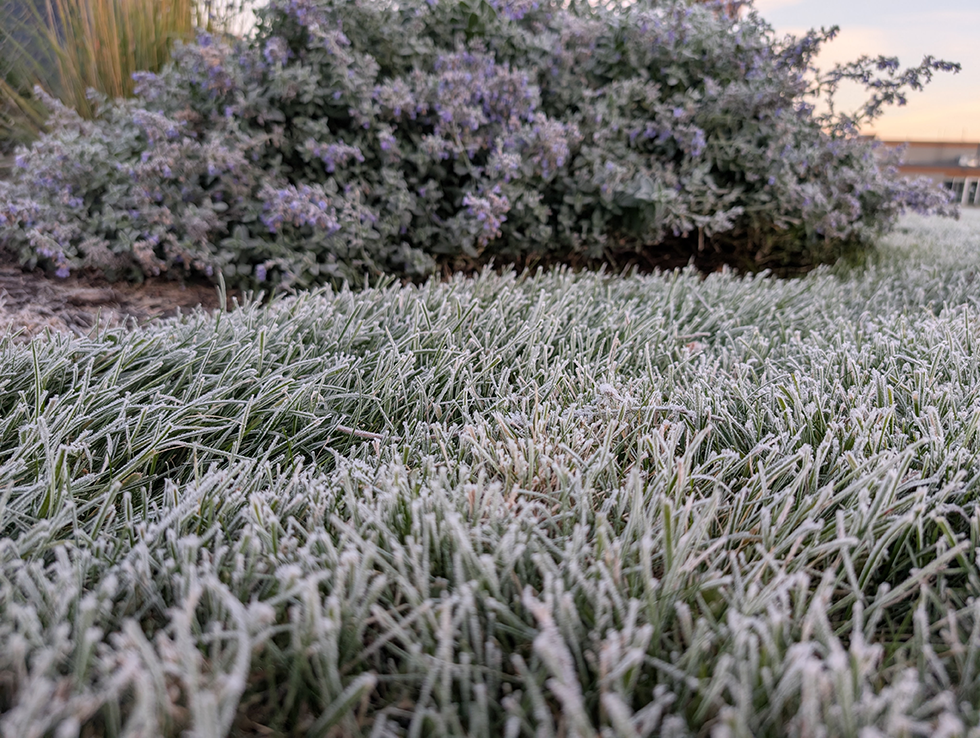
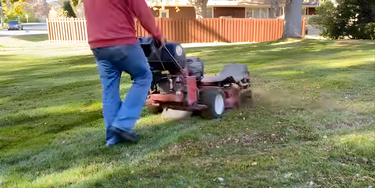
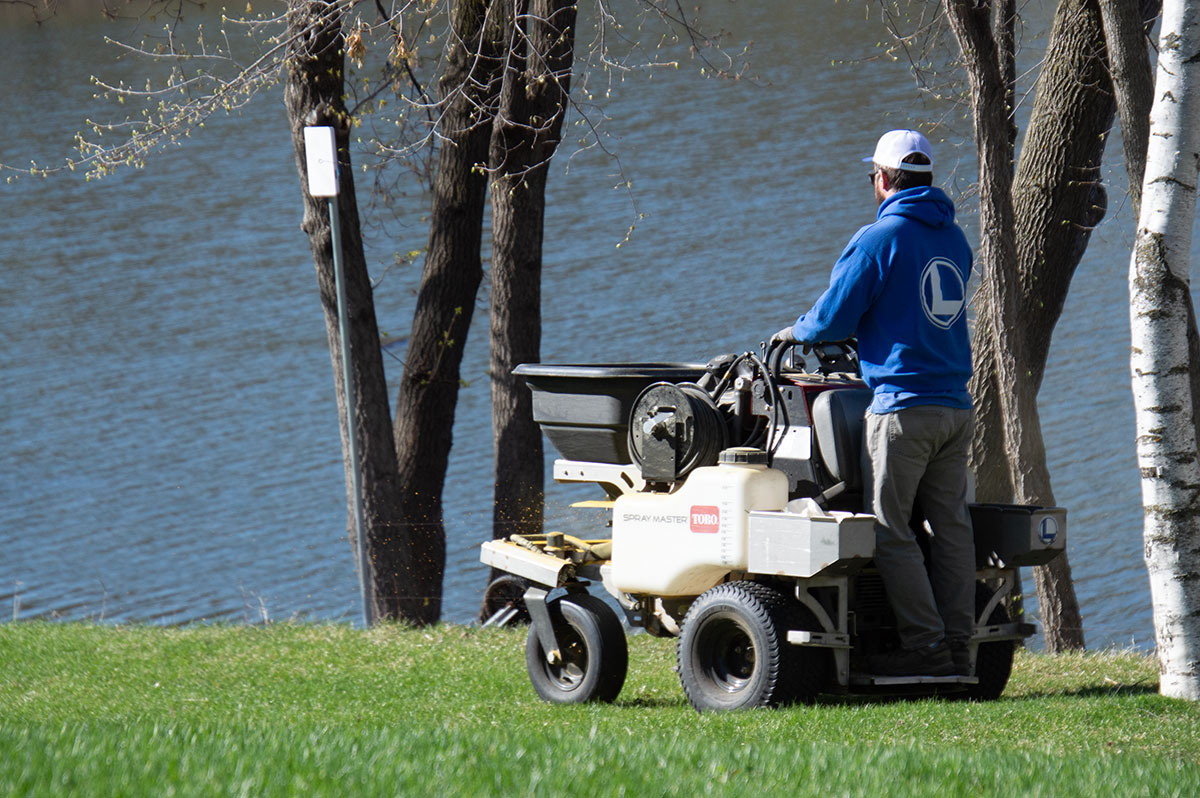

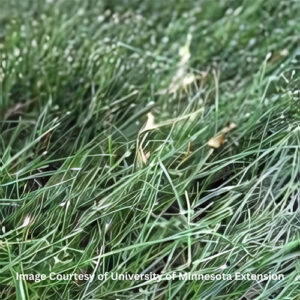
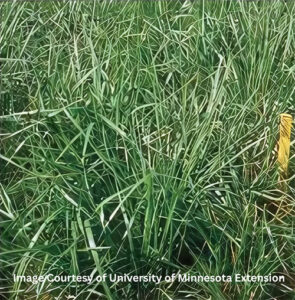









 Fall is on the best time to overseed. Establishing grass now means it has less competition with weeds, and the cooler nights and sunny days allow for the successful germination of our cool-season grasses. In addition, immature grass does better over the winter than it does dealing with the stresses of summer. So getting it started in the fall optimizes its ability to establish in the spring.
Fall is on the best time to overseed. Establishing grass now means it has less competition with weeds, and the cooler nights and sunny days allow for the successful germination of our cool-season grasses. In addition, immature grass does better over the winter than it does dealing with the stresses of summer. So getting it started in the fall optimizes its ability to establish in the spring.

